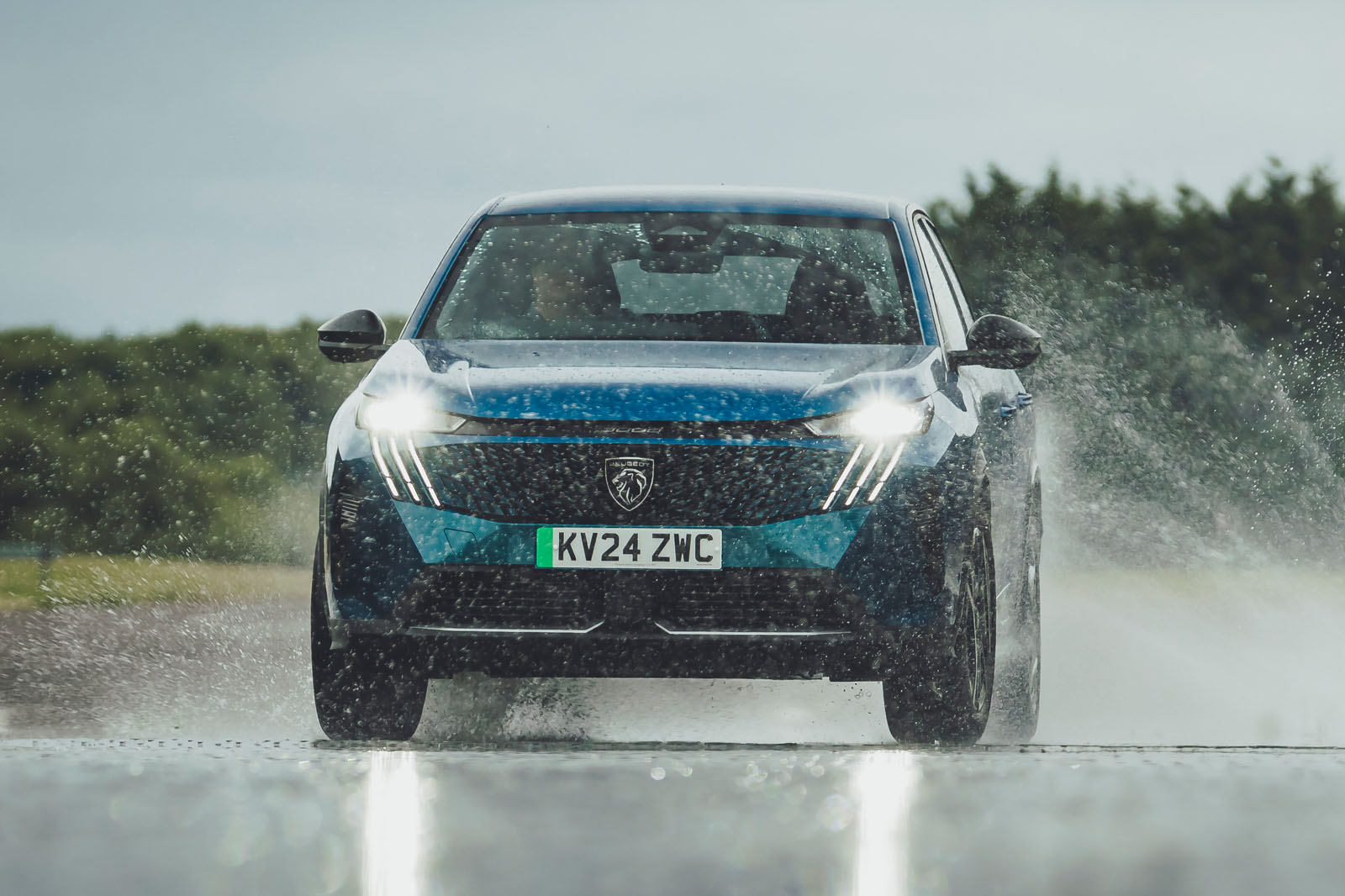Fuel efficiency
We will continue to produce both track and touring fuel economy test results for every road test: the former simply the result of what the trip computer displays (having been reset before our track benchmarking session), the latter of a roughly 10-mile trip at typical UK motorway speeds around MIRA’s ‘Number 1’ banked high-speed circuit.
But because neither our touring nor our test average result shows the potential of electrified cars for efficiency over shorter-range trips, a fourth test schedule is being added that we’re calling ‘everyday’ (think of it as ‘ordinary’ or ‘commuter’, if you prefer). It’s a roughly eight-mile test, a quarter of which is carried out at 20mph, 30mph, 40mph and 50mph respectively, with regular corners, stops and restarts included.
Experience so far suggests that EVs can return up to 50% better efficiency on it than on our touring test, and that hybrids also do well, when given a chance to cover distance a little more slowly, and to regenerate energy more often.
DC rapid-charge speed
Technically this isn’t brand new for our redesigned road test, but it’s increasingly important. When car manufacturers make claims about the DC rapid-charging performance of their latest models, they tend only to refer to peak rapid-charging rate, which can now even exceed 300kW.
Although some also include an indicative 10-80% recharge time, few go into more detail about real-world rapid-charge performance.
And so, since 2022, the Autocar road test has been scrutinising it. All EVs go through a benchmark rapid-charge test, from below 10% state of charge to above 90%, connected to a rapid charger capable of supplying their peak claimed charging power.
Actual charging rate is then recorded as state of charge passes 10%, 30%, 50%, 70% and 90%, and a weighted average result is calculated that more accurately reflects real-world charging speed than any ‘peak’ claim.

